AP World History Unit 2: Networks of Exchange
1/42
There's no tags or description
Looks like no tags are added yet.
Name | Mastery | Learn | Test | Matching | Spaced |
|---|
No study sessions yet.
43 Terms
Silk Roads
system of ancient caravan routes across Central Asia, along which traders carried silk and other luxury trade goods; known for spreading religions such as Buddhism, Christianity, and Islam as well as technological transfers (gunpowder, paper, the compass from China to the West) and diseases like the Bubonic plague
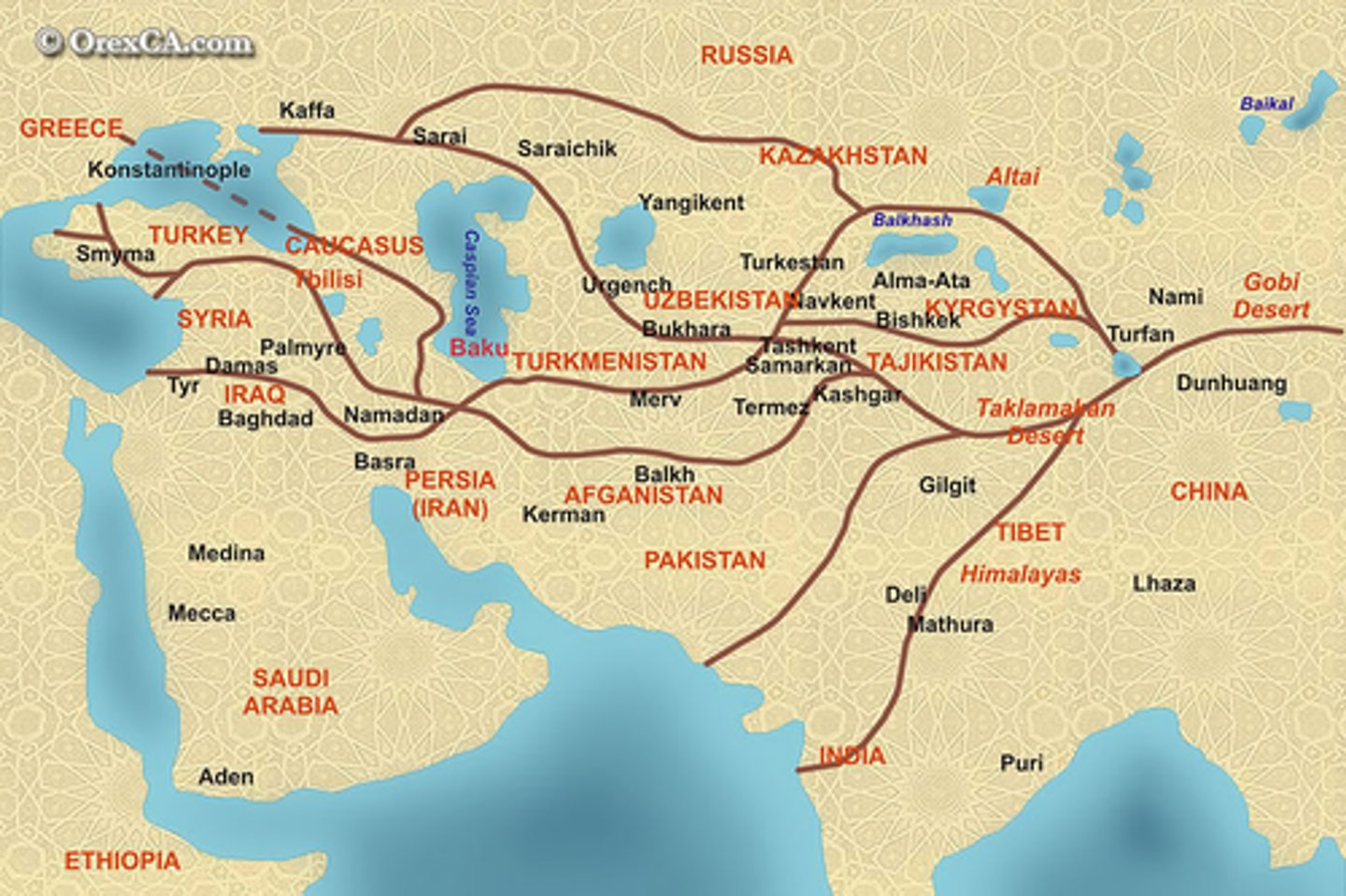
Indian Ocean trade
connected Africa, South Asia (India), Southeast Asia and China.; world's' richest maritime trading network in the 13th and 14th centuries - spread of goods, technology (compass, rudder, astrolabe), and religions like Islam and Buddhism

trans-Saharan trade
trade routes across the Sahara Desert; traded gold, enslaved peoples, ivory and salt; camels, camel caravans, and camel saddles were crucial in the development of these trade networks; facilitated the spread of Islam and linked West Africa to Mecca for participation in the hajj
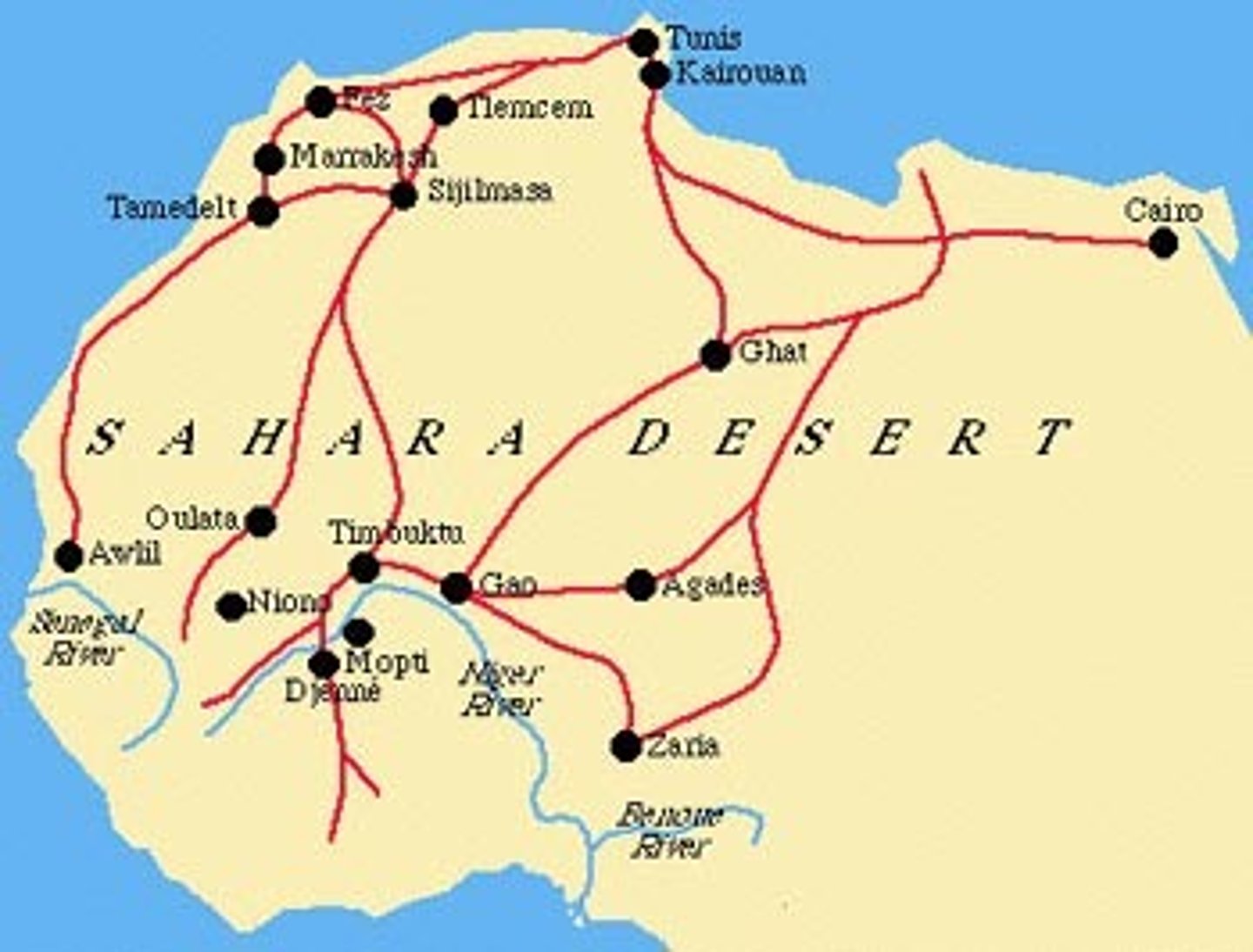
magnetic compass
Chinese invention that aided navigation by showing which direction was north; use spread through trade networks like Silk Roads and Indian Ocean trade
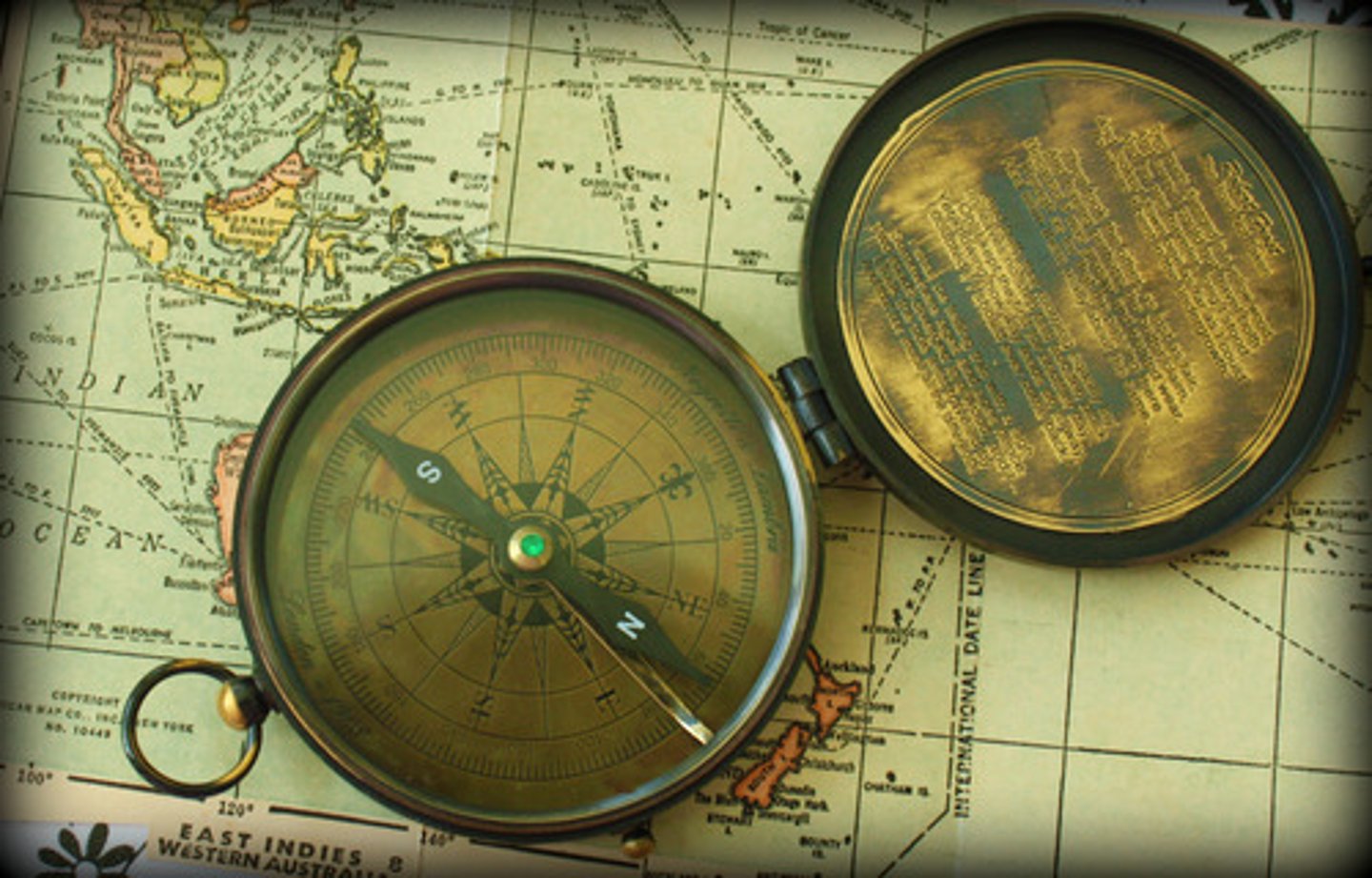
rudder
steering device, usually a vertical blade attached to a post at, or near, the stern of the boat; improved sea trade

junk ship
large flat-bottom sailing ship produced in the Tang and Song Empires, specially designed for long-distance commercial travel and participation in the tribute system
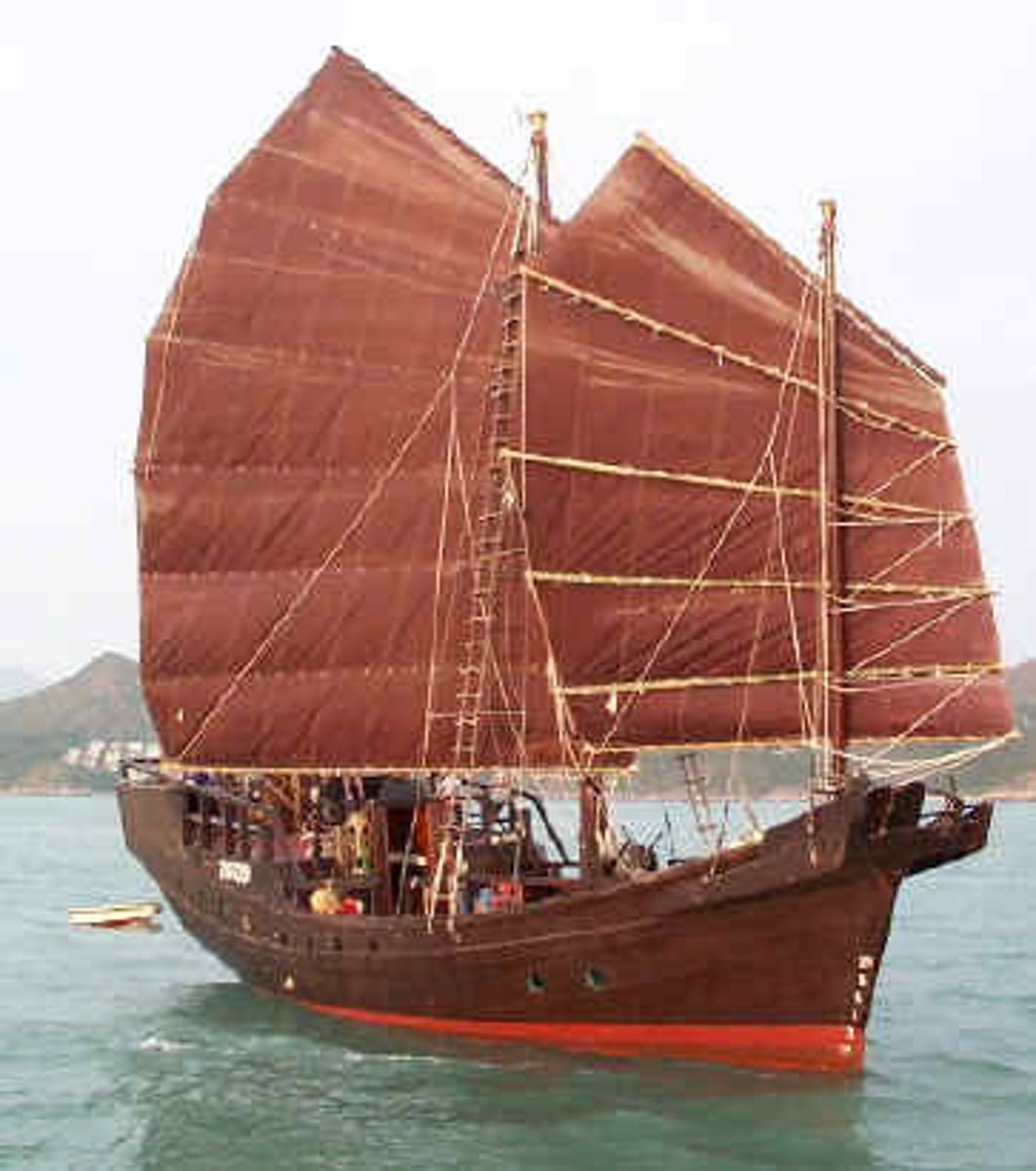
Kashgar
a central Asian city where the western and the eastern Silk Roads met; one of the westernmost cities of China, near the border with modern day Afghanistan, Kyrgyzstan, Pakistan, and Tajikistan.
Samarkand
During the rule of Timur Lane was the most influential capital city, a wealthy trading center known for decorated mosques and tombs; a key trading city along the Silk Roads
paper money
legal currency issued on paper; it developed in China as a convenient alternative to metal coins; facilitated trade
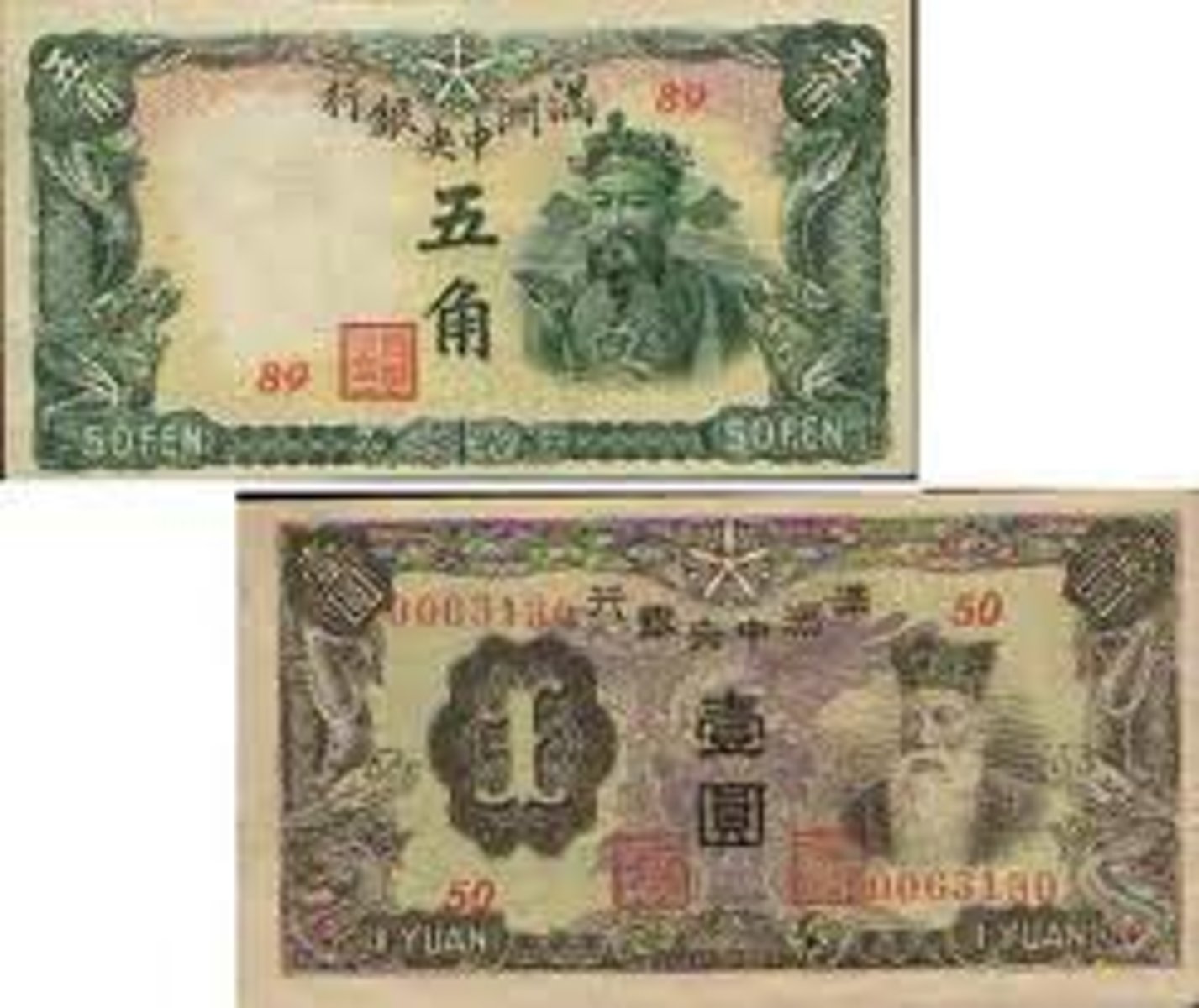
caravanserai
an inn with a central courtyard for travelers in the desert regions of Asia or North Africa; allowed caravans and their camels to rest in a protected environment, encouraging trade
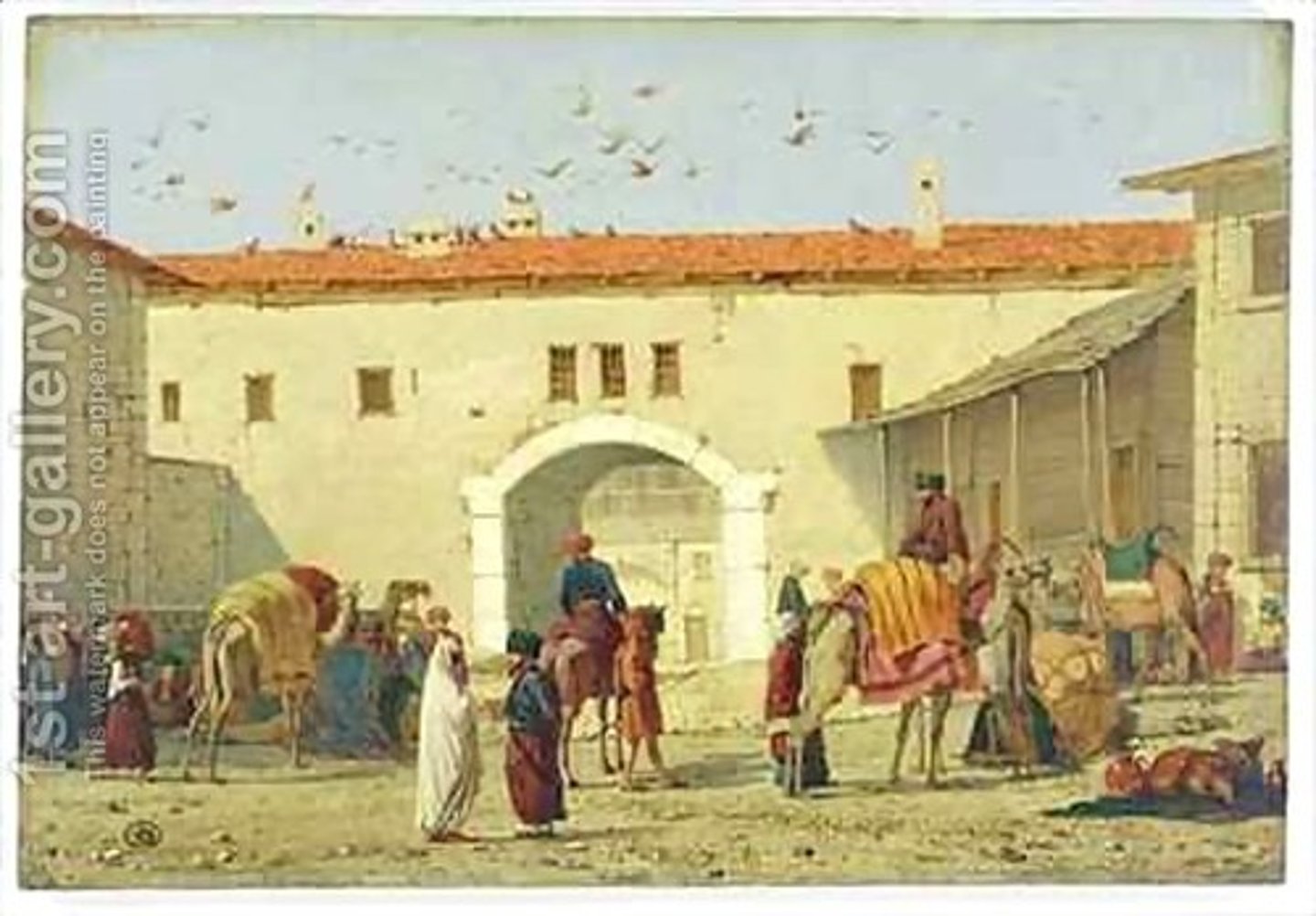
porcelain
thin, beautiful pottery invented in China; highly desired luxury good traded along the Silk Road and Indian Ocean trade networks
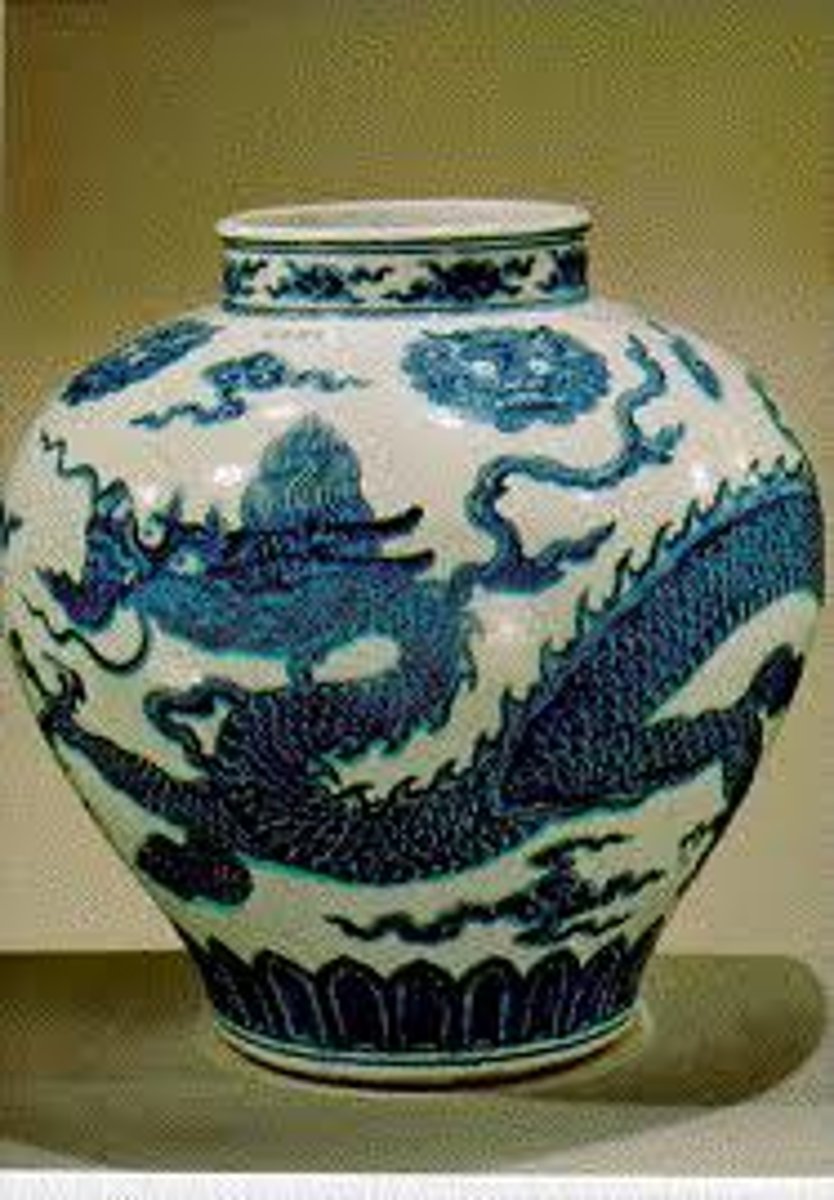
monsoon winds
seasonal wind in India, the winter monsoon brings hot, dry weather and the summer monsoon brings rain
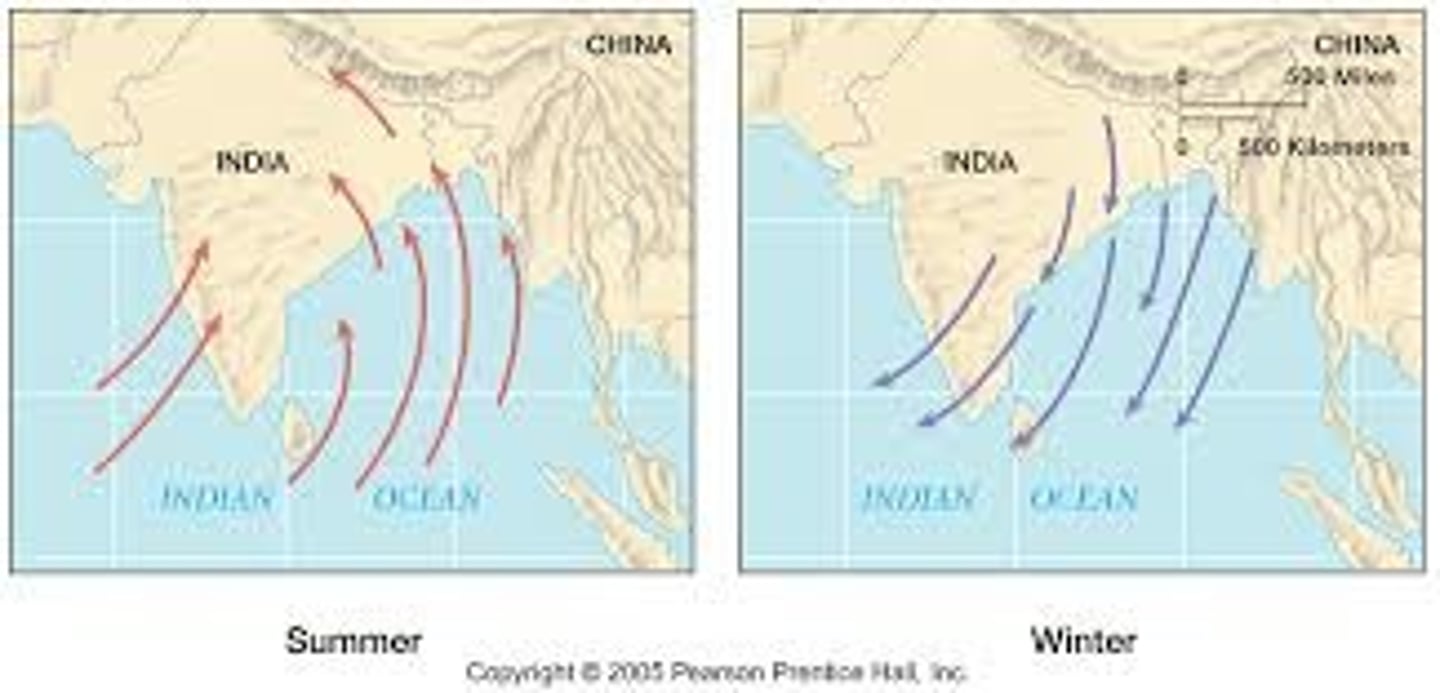
Spice Islands
Europeans' name for the Moluccas, islands in Southeast Asia rich in highly desired spices like cinnamon, cloves, and nutmeg which were often traded in the Indian Ocean trade network
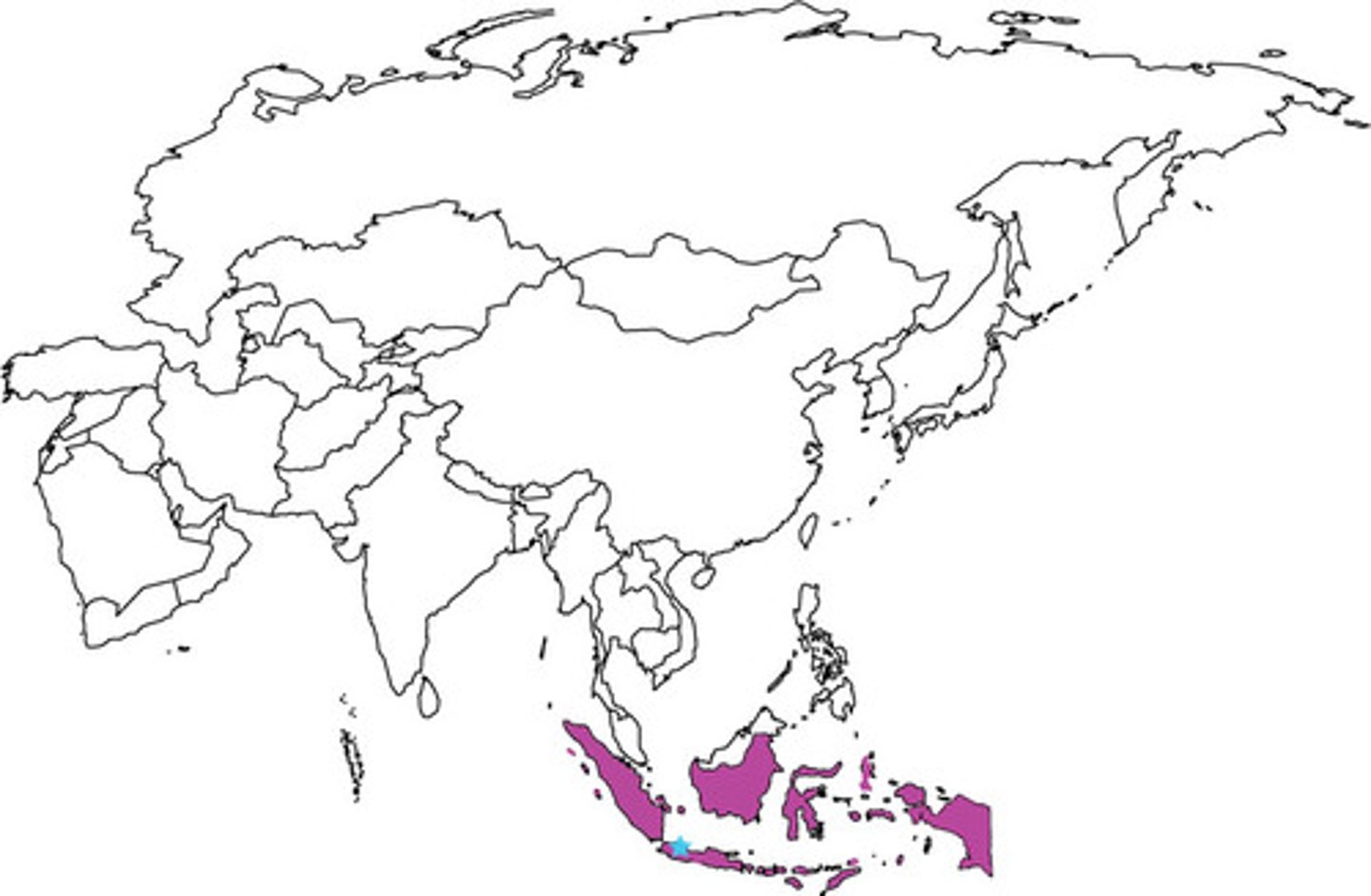
diaspora
A dispersion of people from their homeland; merchant communities of Muslim spread Islam throughout Southeast Asia
dhow ships
Arab sailing vessels with triangular or lateen sails; strongly influenced European ship design; facilitated trade in the Indian Ocean networks
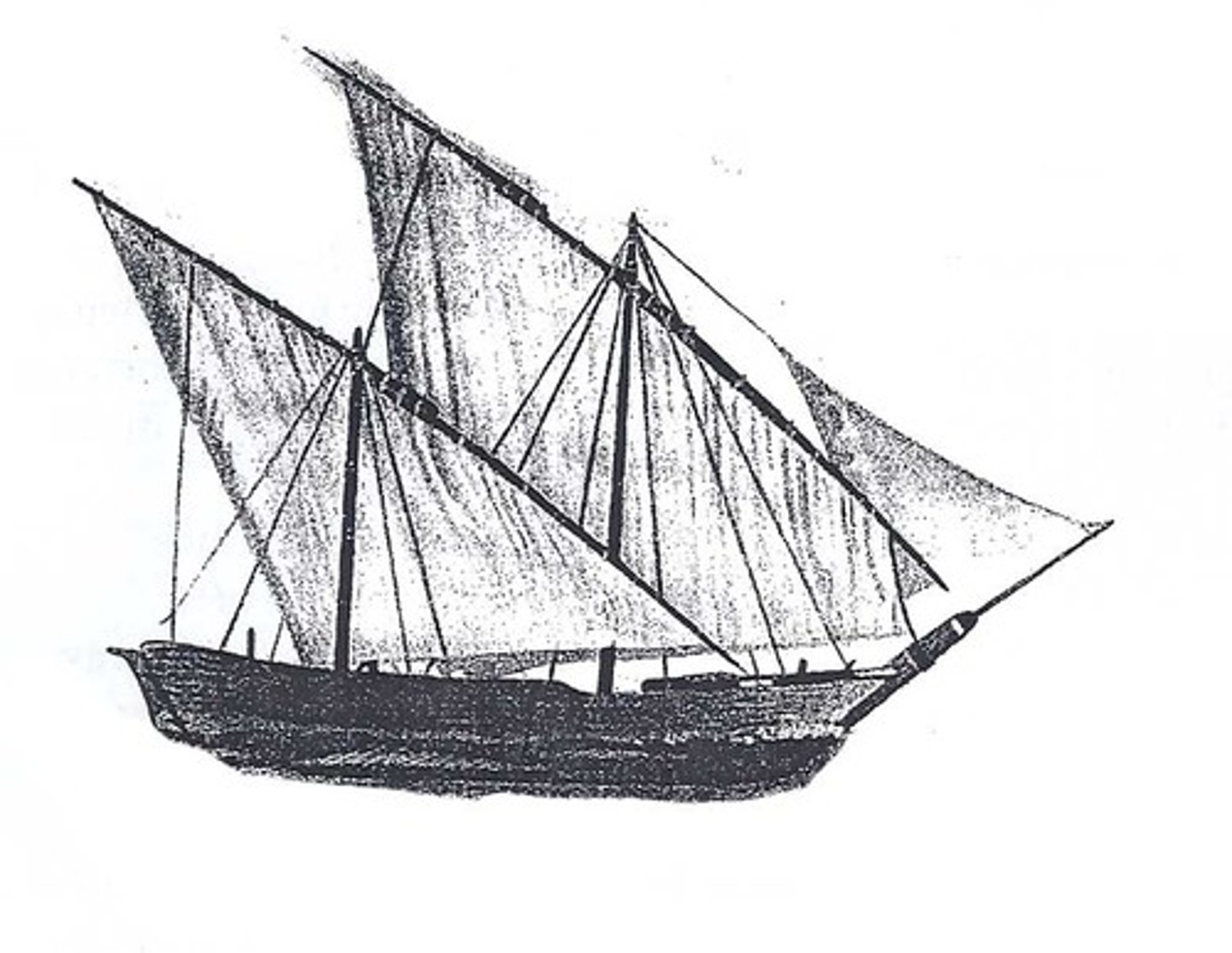
Mansa Musa
Muslim ruler of Mali (r. 1312-1337). His extravagant pilgrimage through Egypt to Mecca in 1324-1325 established the empire's reputation for wealth in the Mediterranean world; one of the richest people to have ever lived
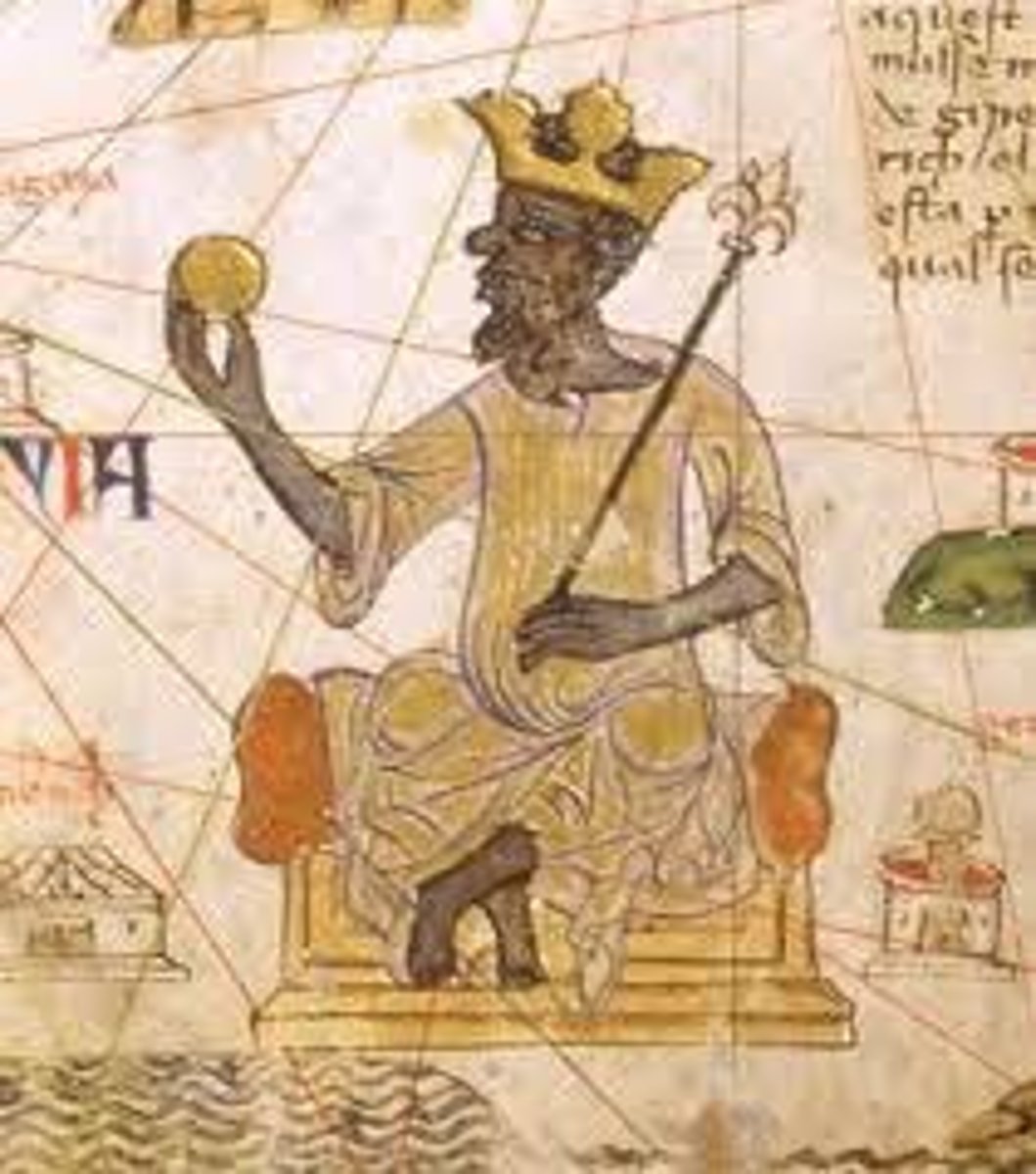
Timbuktu
Mali trading city that became a center of wealth and learning thanks to its location in the trans-Saharan trade networks; universities, mosques, and libraries
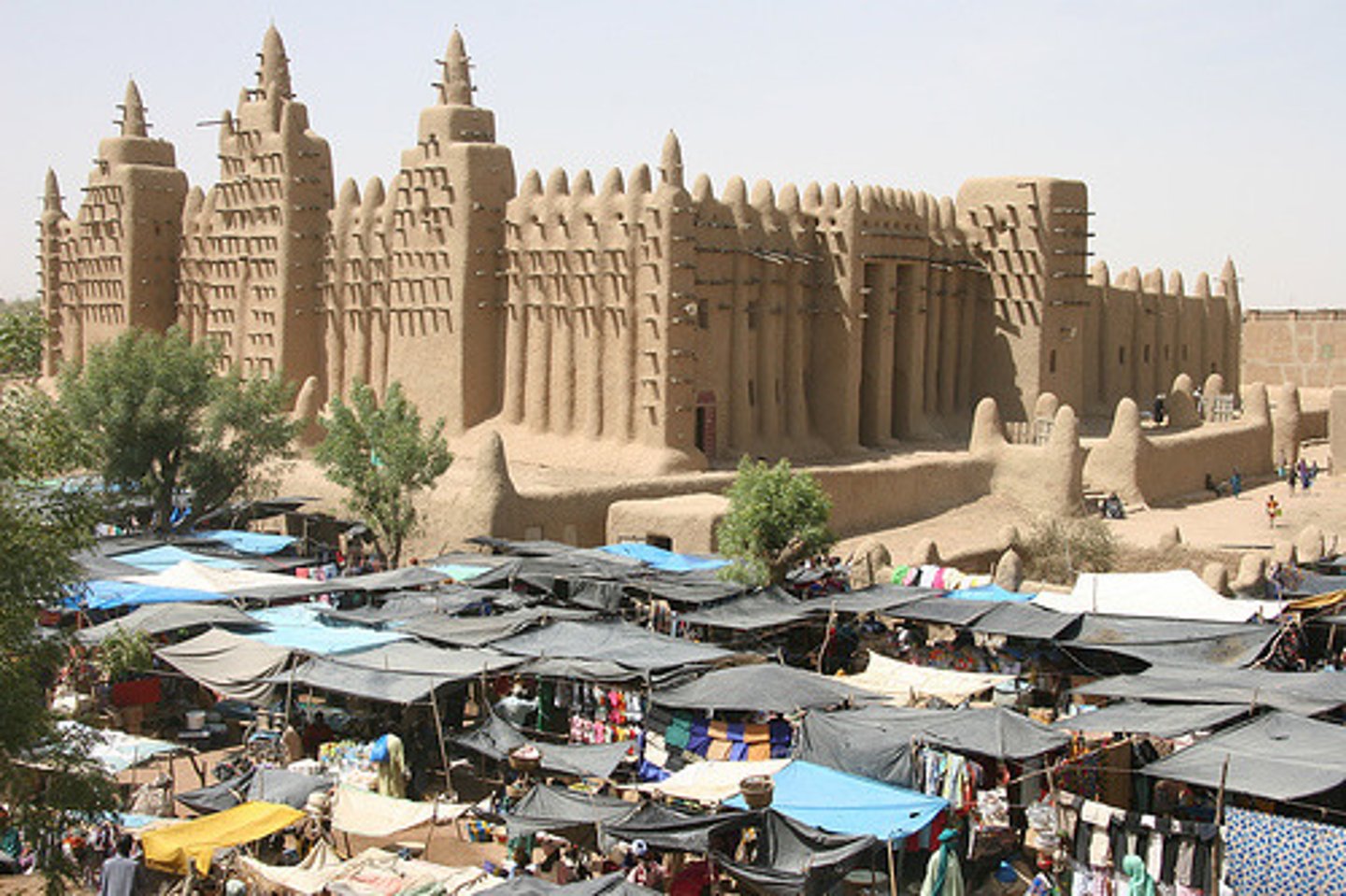
camel saddle
An invention which gives camel riders more stability on the animal and its invention and basic idea traveled along the Trans-Saharan Caravan Trade Route. Invented somewhere between 500 and 100 BCE by Bedouin tribes.
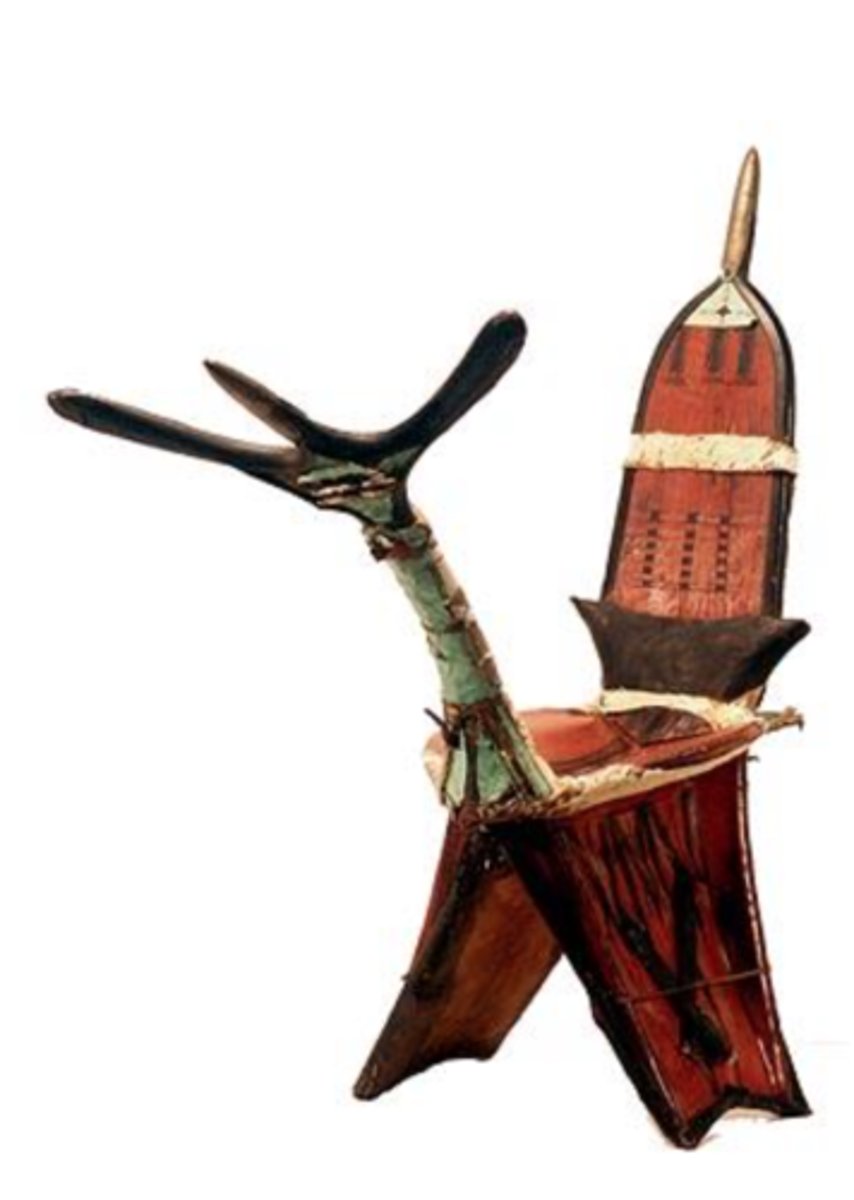
caravan
group of traveling merchants and animals; facilitated trade along the Silk Roads and Trans-Saharan trade networks
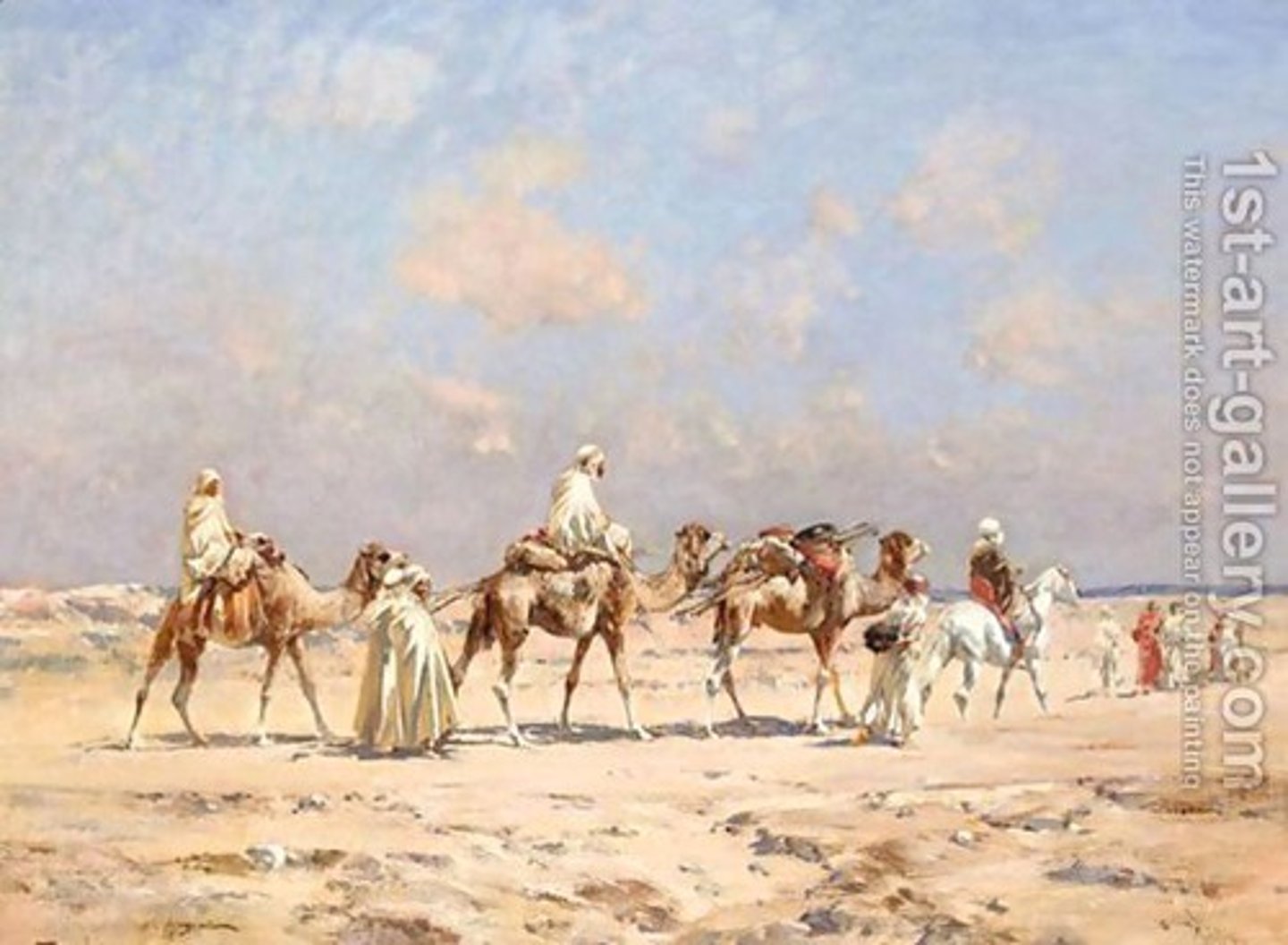
Khan
Name for a Mongol ruler
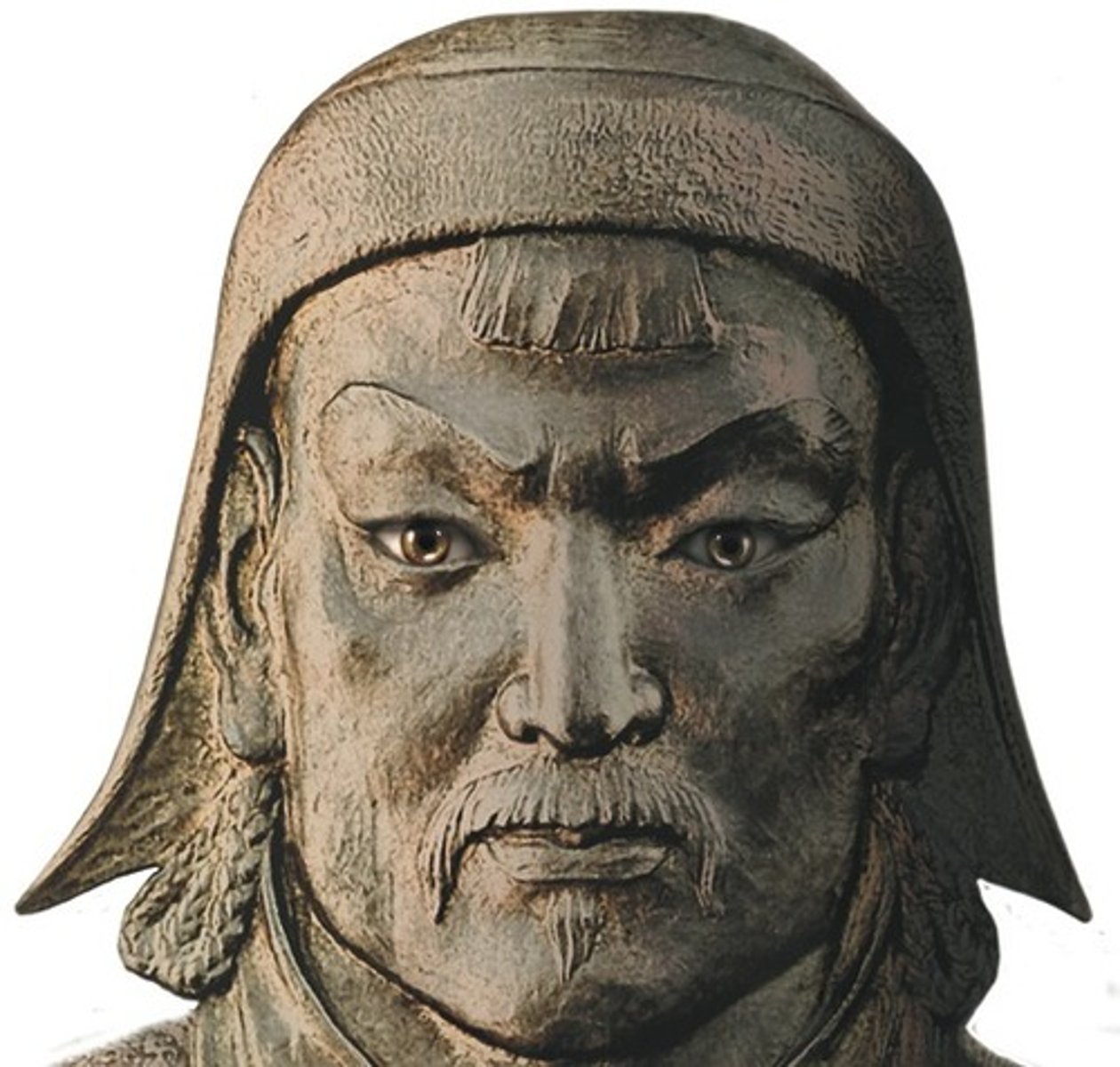
Khanates
Four regional Mongol kingdoms that arose following the death of Ghengis Khan.
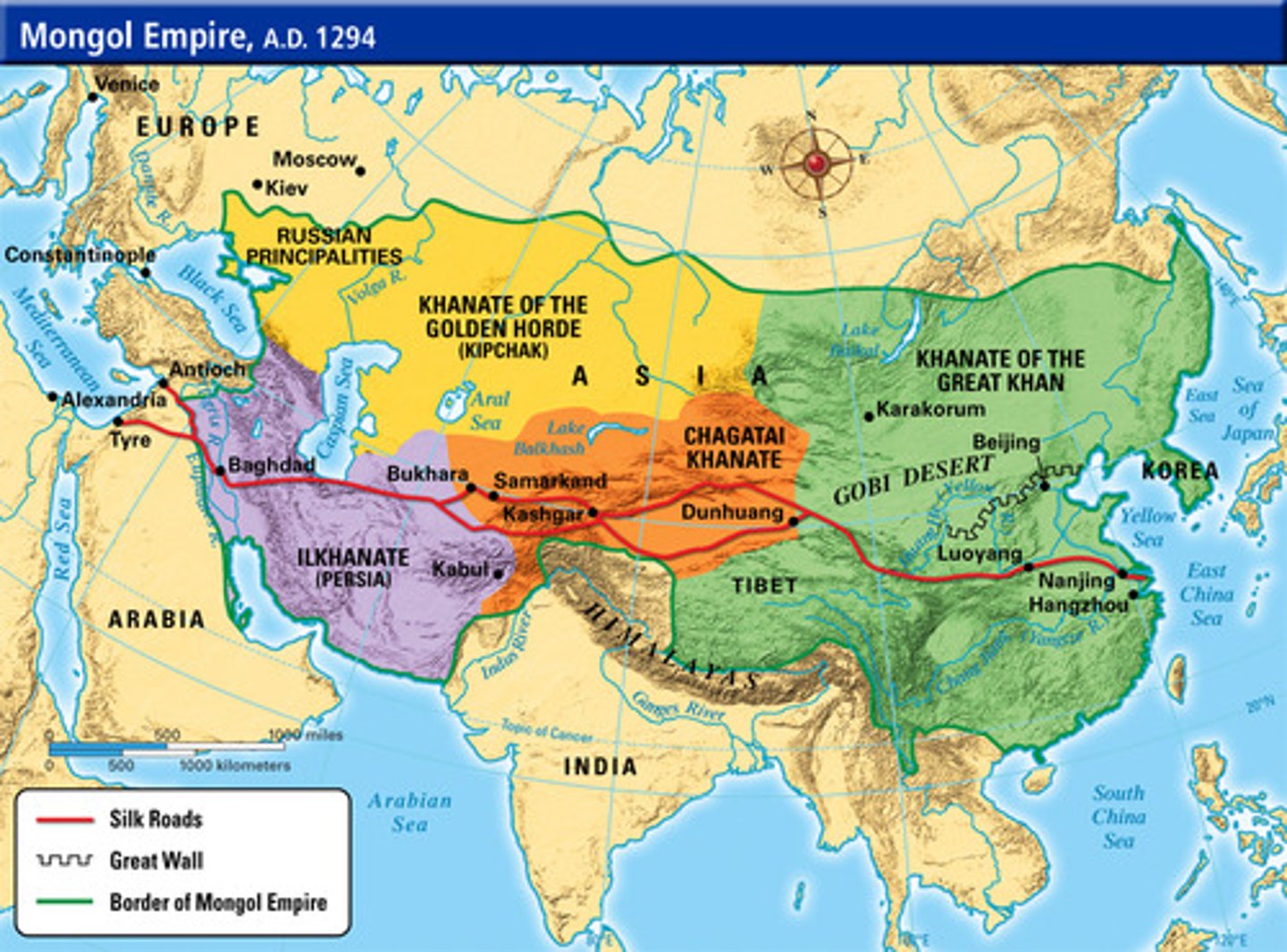
Pax Mongolica
The period of approximately 150 years of relative peace and stability created by the Mongol Empire - provided the stability and safety necessary for Silk Road trade to thrive leading to spread of goods, ideas, technology, and disease along the Silk Roads during the 13th century.
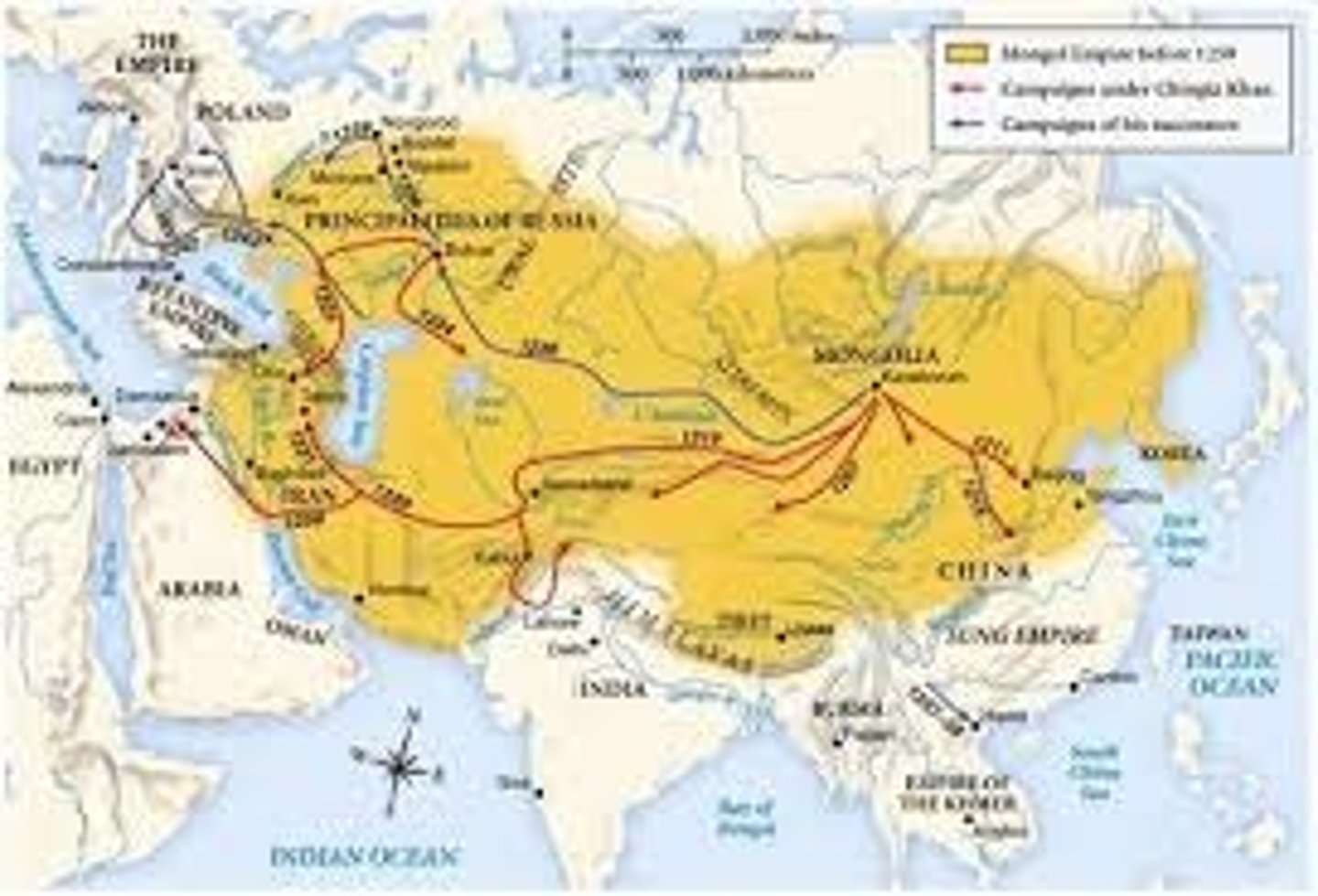
Golden Horde
Mongol khanate founded by Genghis Khan's. It was based in southern Russia and quickly adopted both the Turkic language and Islam; became a tribute state for the Mongols
Il-Khanate
Mongol empire that ruled over Iran (Persia) & the Middle East; Mongols conquered and assimilated into Persian society
Yuan Dynasty
(1279-1368 CE) Chinese dynasty under Mongol rule under Kublai Khan; centralized with bureaucracy but structure was different: Mongols on top->Persian bureaucrats->Chinese bureaucrats; did not emphasize Confucianism and the civil service exams
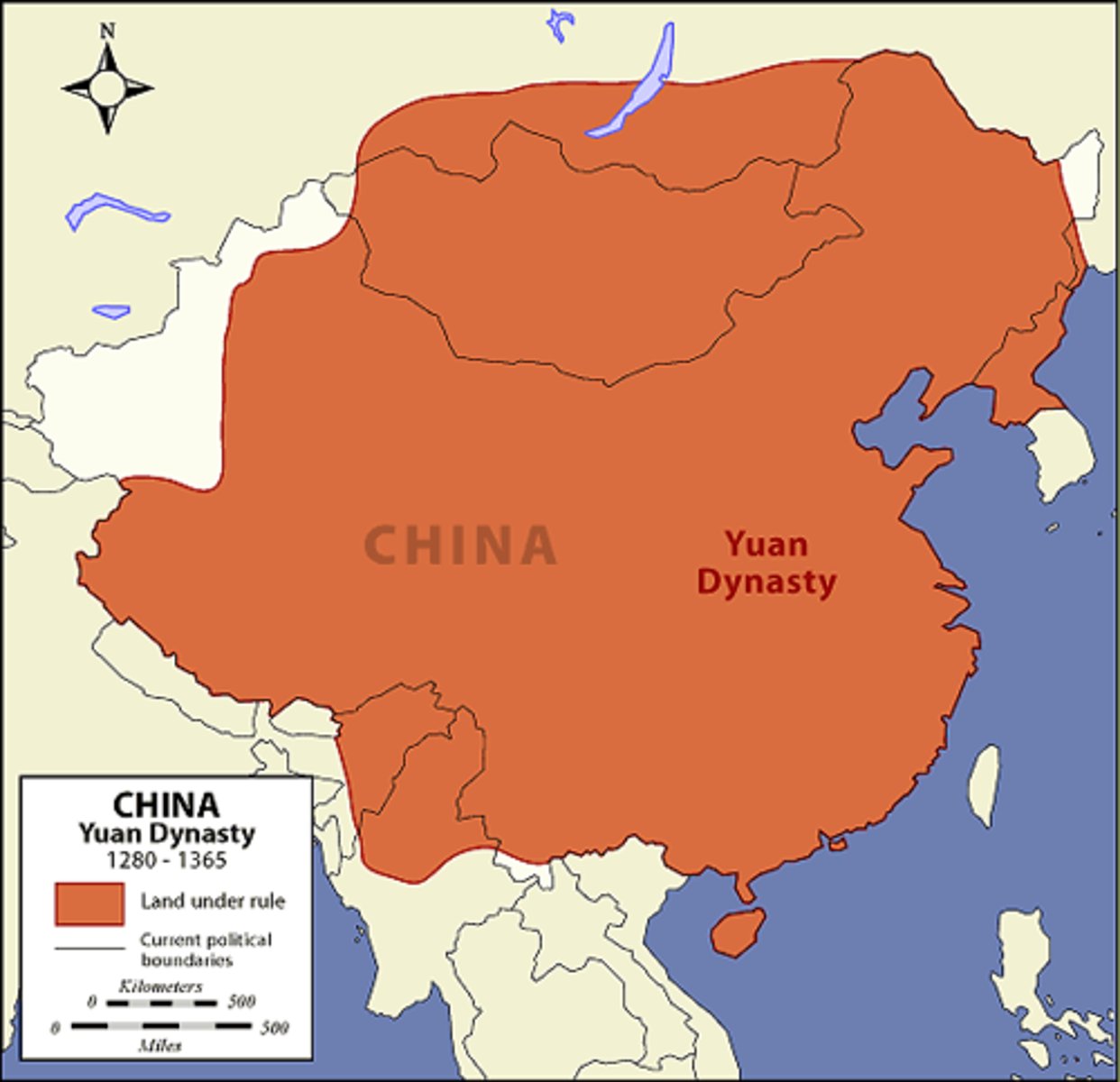
Bubonic Plague
aka Black Death; the deadly disease that spread through Asia and Europe and killed more than a third of the population in some areas; hit Europe (peak 1347-1351) especially hard due to unsanitary living conditions and overcrowded cities; spread thanks to increased trade along the Silk Roads

gunpowder
Invented in China during the 9th century, this substance was became the dominant military technology used to expand European and Asian empires by the 15th century; spread from East to West via trade networks like the Silk Roads and help from the Mongol Empire
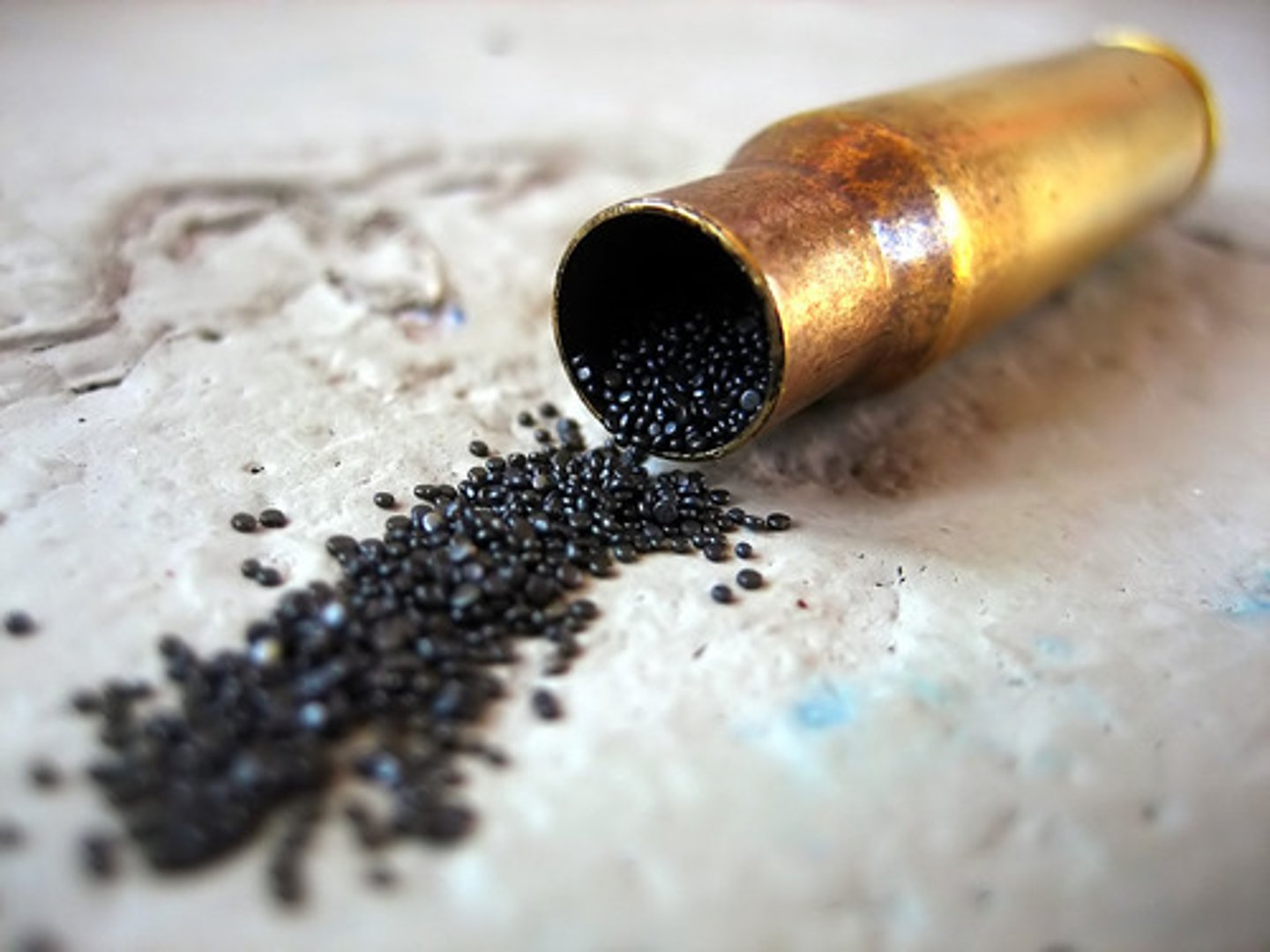
Ibn Battuta
(1304-1369) Moroccan Muslim scholar, the most widely traveled individual of his time. He wrote a detailed account of his visits to Islamic lands from China to Spain and the western Sudan. His writings gave a glimpse into the world of that time period.
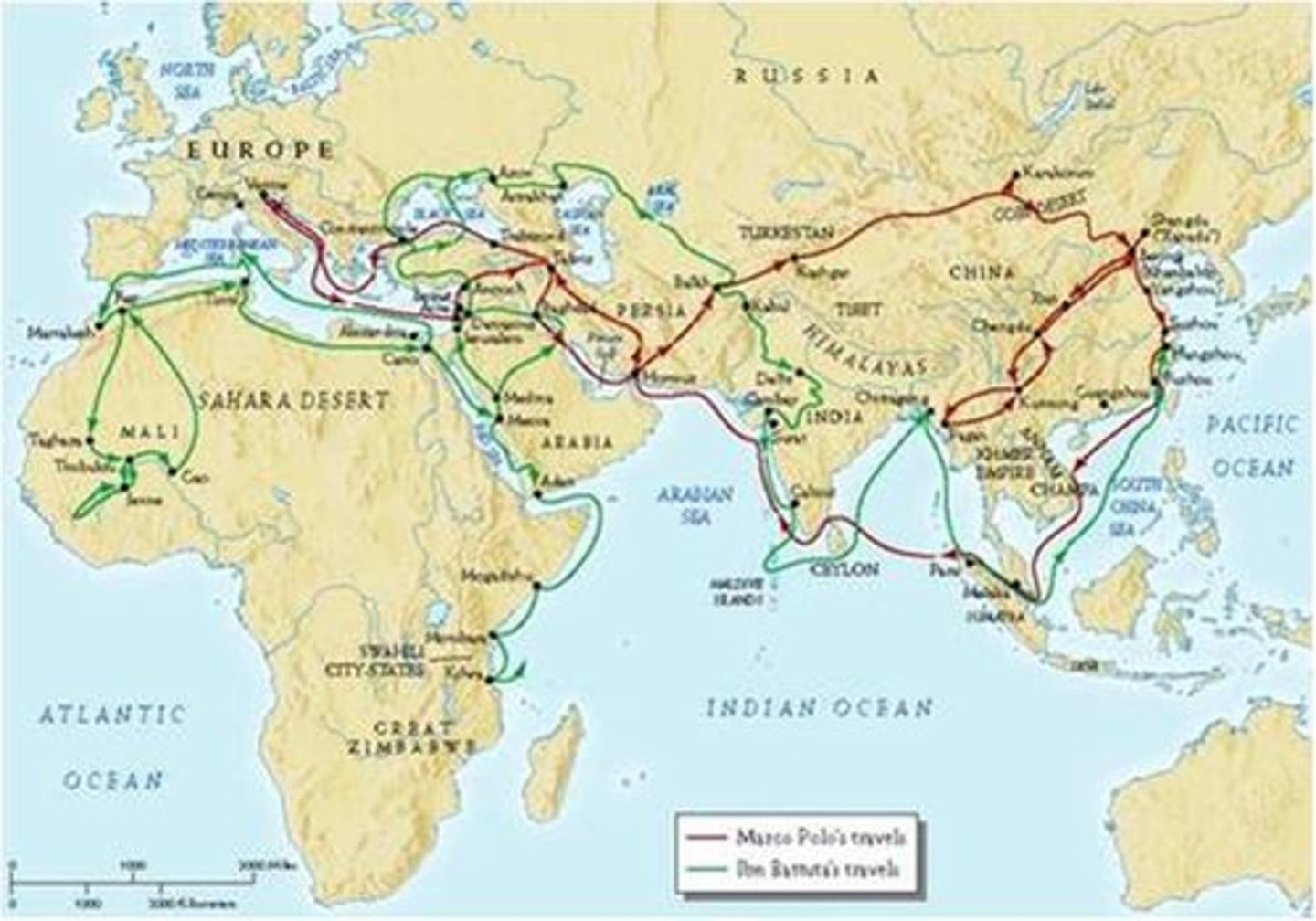
Marco Polo
(1254-1324) Italian explorer and author. He made numerous trips to China and returned to Europe to write of his journeys. He is responsible for much of the knowledge exchanged between Europe and China during this time period.
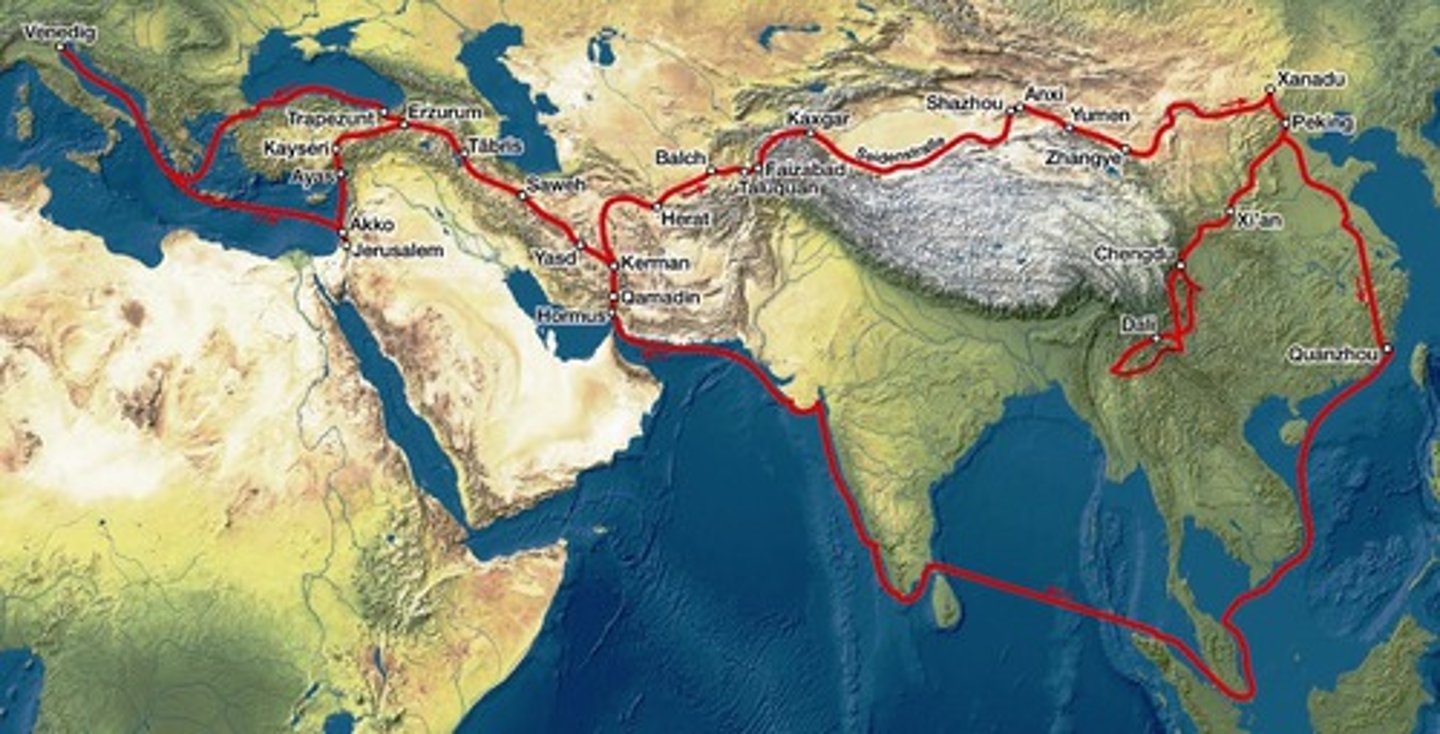
Swahili city-states
Cities along the coast of East Africa that actively participated in Indian Ocean trade: showed syncretism in their language and religion, blending traditional central African beliefs with Islam and Arabic
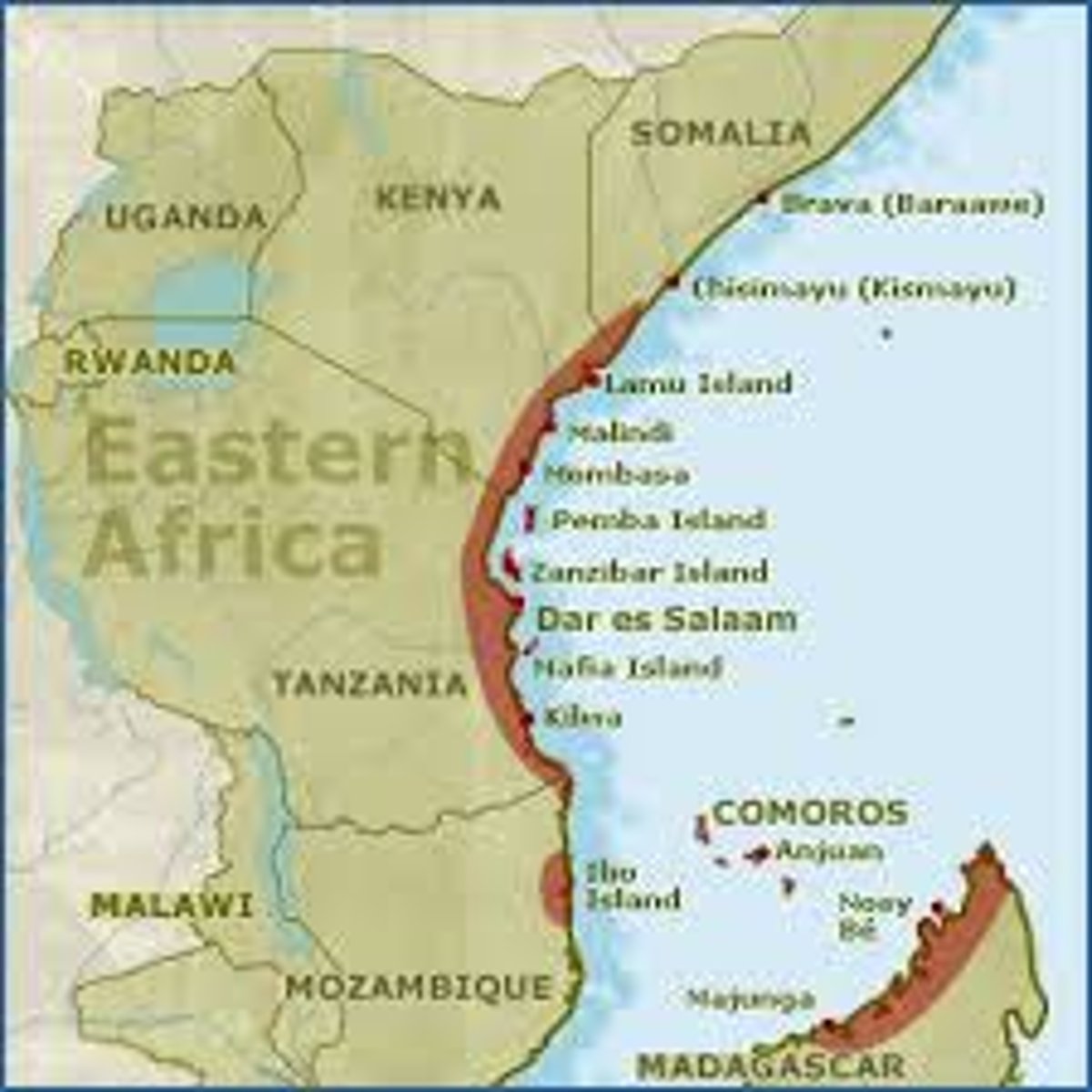
Zheng He
(1371-1433?) Chinese Ming Dynasty naval explorer who sailed along most of the coast of Asia, Japan, and half way down the east coast of Africa before his death; facilitated China's role in the tribute system in the Indian Ocean trade network
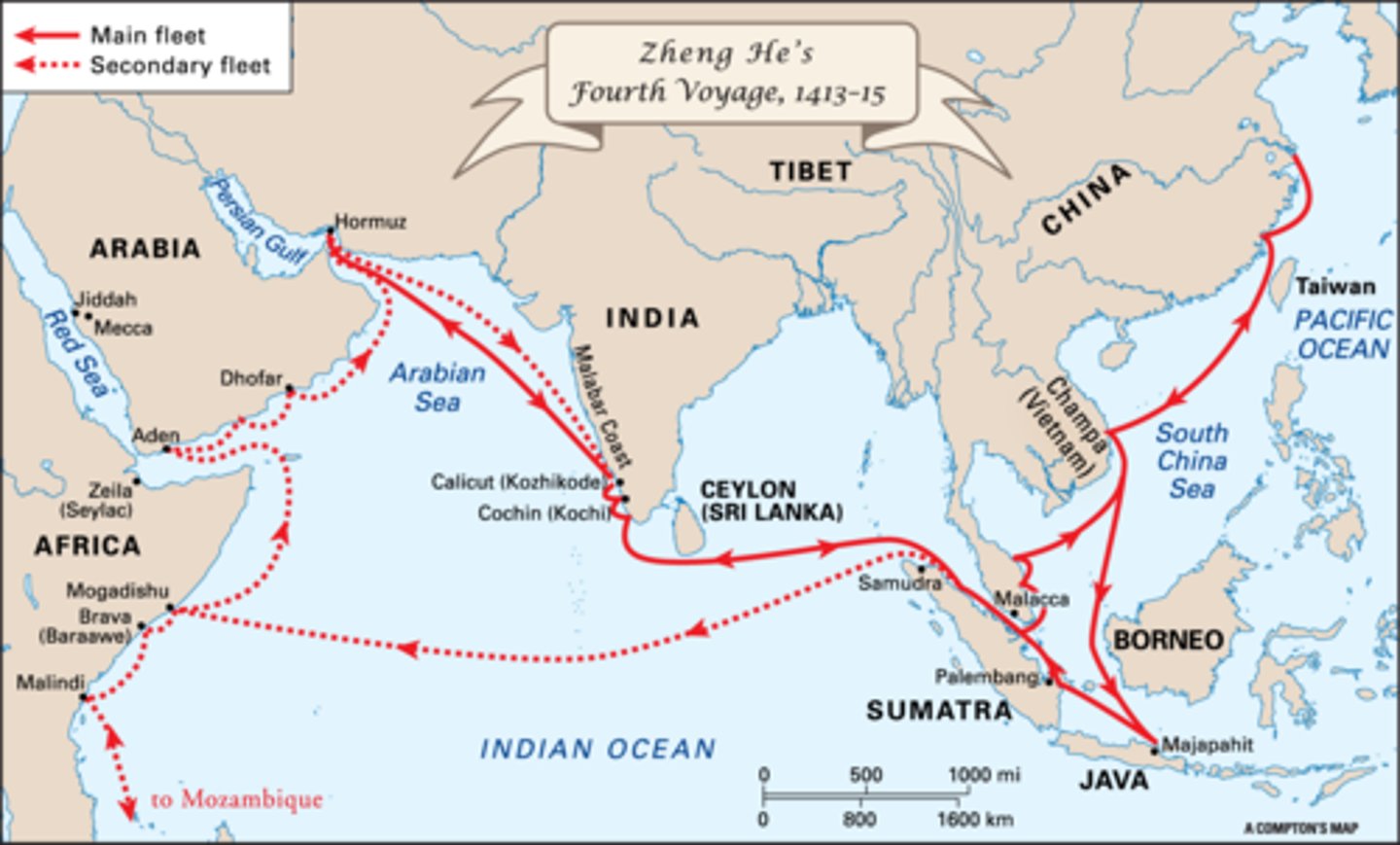
Hanseatic League
A commercial and defensive confederation of merchant guilds and market towns in Northwestern and Central Europe, established in the late Middle Ages, that facilitated trade and economic cooperation.
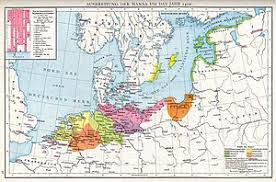
Bill of Exchange
A written order without interest that binds one party to pay a fixed sum to another party a predetermined date in the future (c. 700 C.E. China)
Kublai Khan
(1215-1294) a Mongolian general and statesman who was the grandson and greatest successor of Genghis Khan. He was the fifth emperor (reigned 1260–94) of the Yuan (Mongol) dynasty. In 1279 he completed the conquest of China begun by Genghis Khan and became the first Yuan ruler of all of China.
Hulegu
a Mongol ruler and a grandson of Genghis Khan who expanded the southwestern portion of the Mongol empire and founded the Ilkhanate Dynasty of Persia, which would pave the way for the Safavid Dynasty several centuries later.
White Lotus Society
Secret religious society dedicated to overthrow of Yuan dynasty in China; typical of peasant resistance to Mongol rule.
Zhu Yuanzhang
(1328-1398) the founder of the Ming Dynasty in China, reigning from 1368 to 1398. He rose from humble beginnings as an orphaned peasant to become a key military leader in the rebellion against the Mongol-led Yuan Dynasty.
Tamerlane
(1320s - 1405) refers to Timur, a Central Asian conqueror who established the Timurid Empire in the late 14th century; known for his extensive military campaigns across Persia, Central Asia, and parts of India, showcasing both exceptional military prowess and a complex administrative system that influenced later empires.
Srivijaya Empire
(670-1025) considered a significant maritime power in Southeast Asia, primarily known for its control over crucial trade routes between India and China, particularly the Strait of Malacca, which allowed them to flourish through taxes levied on passing ships, and for its strong association with Buddhism as a major religious center in the region;
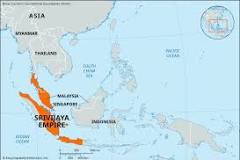
Majapahit Empire
(1293-1520) a significant maritime empire based in Southeast Asia, particularly on the island of Java, that thrived from the late 13th century until the early 16th century.
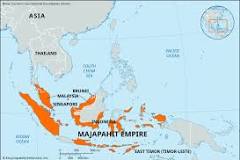
Khmer Empire
(802-1431) a major center for trade, benefiting from its strategic location along key trade routes between India and China. Agriculture, particularly rice cultivation using advanced irrigation systems, was crucial to the economy of the Khmer Empire and supported its large population.
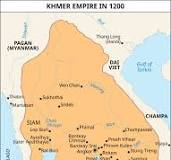
Gujarat
The State of Gujarat, located on the western coast of India, played a pivotal role in the Indian Ocean trade routes from the 12th century onwards. It was known for its thriving port cities like Surat, which became major hubs for commerce between India, the Middle East, and Africa.
Margery Kempe
(1373-1458) Wrote the Book of Margery Kempe - considered the 1st autobiography in the Eng. language. Chronicles her pilgrimages to holy sites in Europe and Asia. Claimed to have vision that called her to leave the vanities of the world (saw vision of Christ). Was tempted by sex and jealousy, but was devout. Acts as best insight that points to a mid. class female experience in the Middle Ages. Records the tension in late medieval England between orthodoxy and religious dissent. Was tried for illegal acts, but proved orthodoxy. Went into crying fits and many were skeptical, but eventually believed she spoke with God.